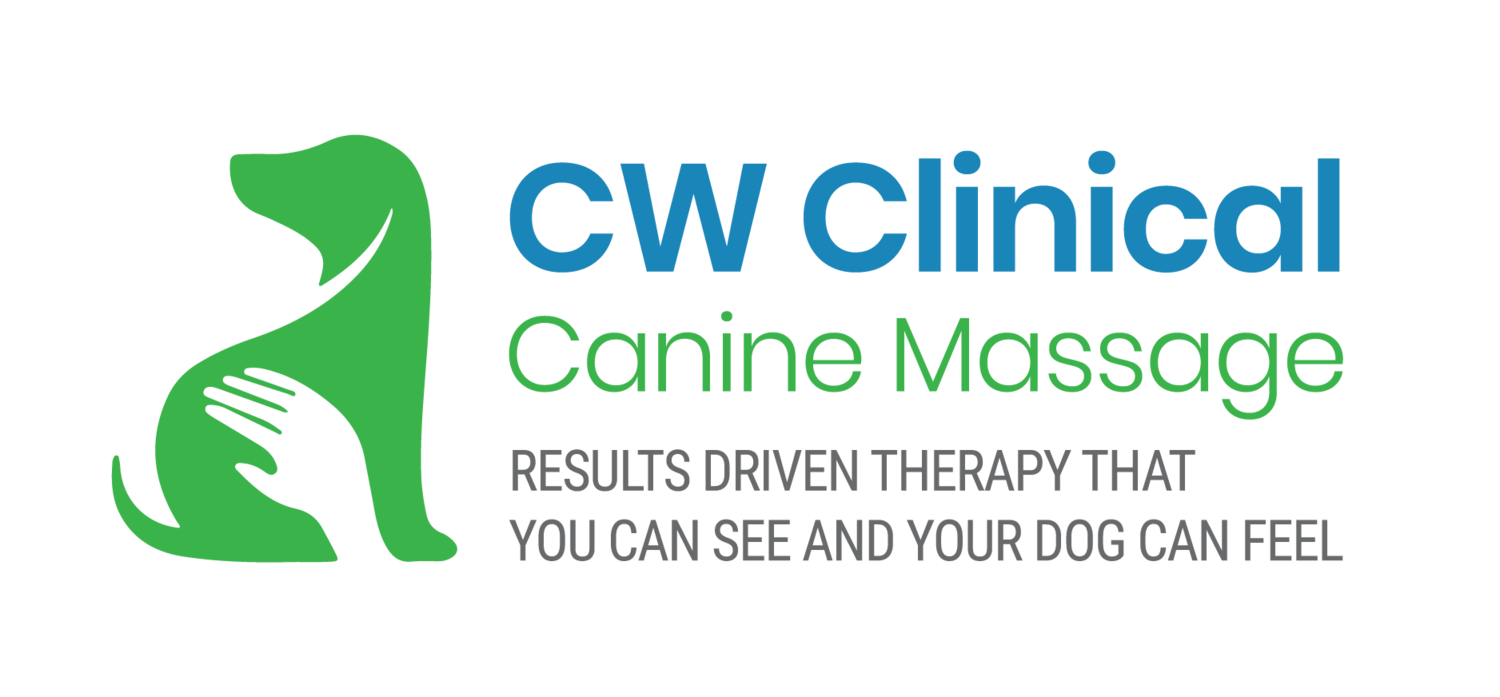The Importance of good circulation
should YOU always massage following the direction of the coat?
Actually this is a very common misconception and a big red flag that your therapist may not be as informed about anatomy as you would hope.
One of the many benefits of massage is that it encourages blood and lymph circulation. To talk about why massage should never be performed against the venuous and lymphatic flow, we need to know a little bit about these two circulation systems.
Blood Circulation
Deep seated arteries carry oxygenated blood away from the heart - with the exception of the pulmonary artery which transports deoxygenated blood to the lungs. The blood is transported by utilising the high pressure generated by the heart which helps propel it through to smaller blood vessels known as arterioles. The arterioles deliver the oxygen and nutrient rich blood to the capillary beds within the body tissues where it is then distributed where it is needed.
Veins, by comparison, carry deoxygenated blood and metabolic waste back towards the heart and are much more superficially placed than arteries. The propulsion pressure here of the returning blood is much less forceful than within the arteries. The walls of the veins are compressible and the blood is helped along by the action of the skeletal muscles around them.
Some veins, such as those in the legs, are equipped with one-way valves to prevent a backflow of blood. The bicuspid valves are essentially two flaps that meet in the middle and are positioned at regular intervals along the vein. As blood moves back towards the heart, the flaps open up like stable doors. They prevent the blood flowing backwards due to factors such as gravity, muscle contractions or blood build up.
https://www.msdmanuals.com/en-gb/home/heart-and-blood-vessel-disorders/venous-disorders/overview-of-the-venous-system
Lymphatic drainage
Circulation can be further improved with good lymphatic drainage. The lymphatic system is also a one-way system and participates in many immune functions in conjunction with the spleen, tonsils and thymus.
scientificillustration.tumblr.com
The fine channels and superficial lymphatic vessels lie adjacent to the blood vessels. Deeper lymphatic vessels lie adjacent to the arteries. Fluids are drained from the tissue cells, internal organs and deeper structures within the body and is known as lymph once it enters the lymphatics.
Valves are also present here to prevent back flow instead helping to drive the lymph on through various nodes and towards the heart. En-route the lymph will pass through various lymph nodes and the lymphatic vessels begin to converge as they near the main nodes found in the neck and thorax – here the lymph is filtered and deposited back in to the circulatory system.
Benefits of good circulation
Good blood and lymphatic circulation brings fresh nutrients and oxygen to the tissues and cells and carries away metabolic waste products. This helps to ensure that those tissues and cells are working at optimum levels. Good blood and lymph flow can promote muscles which are both healthier and stronger. This in turn will mean that they are slower to fatigue and weaken during physical activity.
Good blood circulation can:
· effect a reduction in swelling, tension, tightness and pain.
· naturally lower blood pressure through increased blood flow and relaxation.
· relieve of stress and tension – both risk factors for cardiovascular disease
· maintain good organ function and healthy skin
Good lymphatic circulation can:
· improve speed and flow of lymph through the lymphatic system
· result in a more effective immune system and so a boosted one
· reduce swelling and fluid retention
· reduce inflammation
· reduce muscle spasms
· help to prevent, reduce or treat oedema
Conclusion
Massage movements should always be performed in the direction of venous return to assist the blood flow towards the heart. This will increase circulation and assist venous return whilst also stimulating and speeding up lymph flow within the lymphatic system. If they are performed against the direction of venous return, it is effectively working AGAINST the natural mechanisms for the flow of blood and lymph which will place undue pressure on the valves involved and potentially risks causing them damage.
Therefore if you massage your dog at home or you take your dog to see a massage therapist, always make sure the strokes are in the correct direction i.e. stroking UP the leg etc. In most areas of the body, this will mean massaging against the direction of the dog’s coat.
Be confident that the massage therapist you choose for your dog has the necessary anatomy and physiology background combined with practical knowledge and experience in order to deliver an effective and positive treatment. You can find your local Guild therapist here.
References:
James D Douketis MD. (2021). Overview of the Venous System. Available: https://www.msdmanuals.com/en-gb/home/heart-and-blood-vessel-disorders/venous-disorders/overview-of-the-venous-system.
Helen McGuinness (2010). Anatomy & Physiology Therapy Basics. 3rd ed. London: Bookpoint Ltd. Chapter 5.
Victoria Aspinall & Melanie Cappello (2015). Introduction to Veterinary Anatomy and Physiology. 3rd ed. China: Elsevier Ltd. 79-90.
Arteries and veins. Available: http://www.bbc.co.uk/schools/gcsebitesize/science/21c/keeping_healthy/heartdiseaserev2.shtml/
Helen McGuinness (2010). Anatomy & Physiology Therapy Basics. 3rd ed. London: Bookpoint Ltd. Chapter 6.
Victoria Aspinall & Melanie Cappello (2015). Introduction to Veterinary Anatomy and Physiology. 3rd ed. China: Elsevier Ltd. 88-90.
Jean-Pierre Hourdebaigt (2004). Canine Massage : A Complete Reference Manual. 2nd ed. Wenatchee, WA: Dogwise Publishing. 34.
Dr Bari Spielman. (2015). Structure and Function of the Lymphatic System in Dogs. Available: https://www.petplace.com/article/dogs/pet-health/structure-and-function-of-the-lymphatic-system-in-dogs.
Anatomy and Physiology of Animals / Lymphatic System. Available: https://en.wikibooks.org/wiki/Anatomy_and_Physiology_of_Animals/Lymphatic_System.



